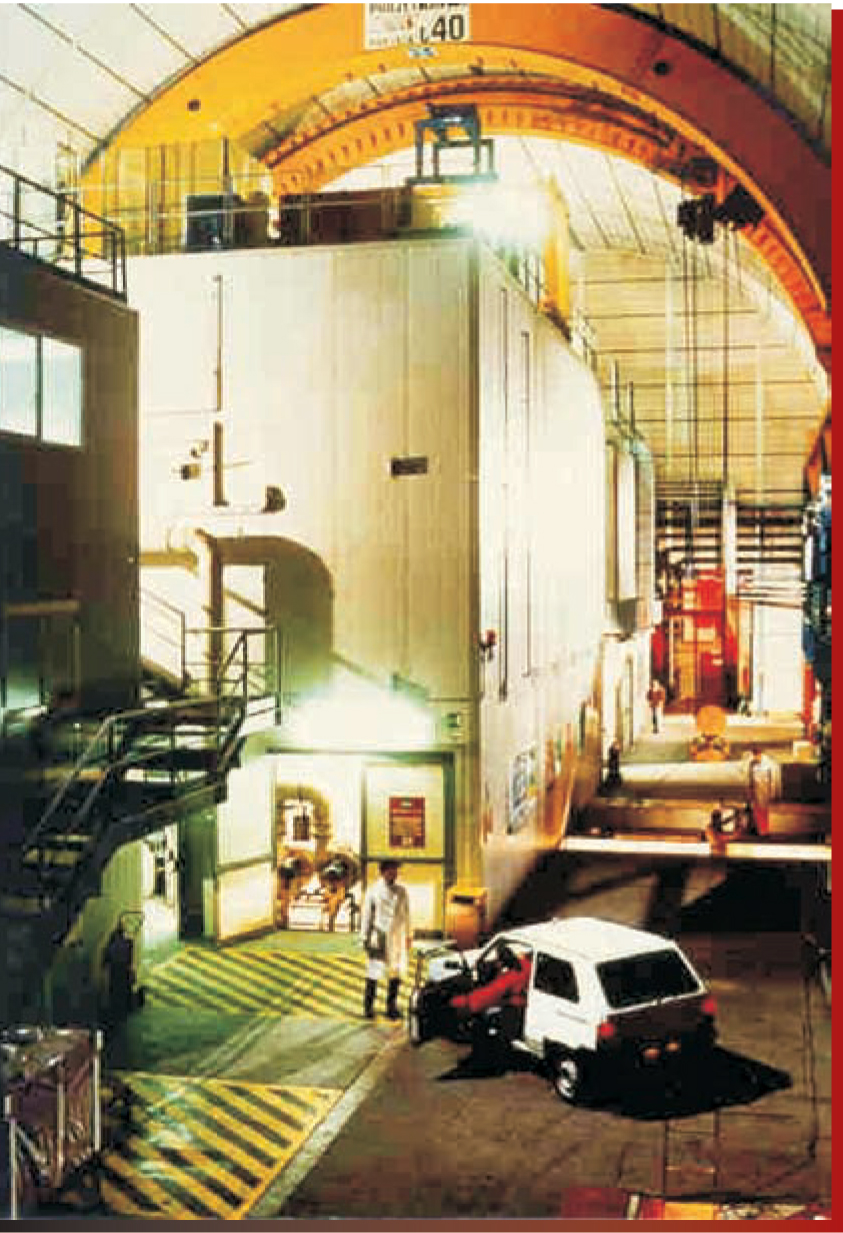On the Mend, Gran Sasso Sacrifices Low-Energy Neutrino Observatory
DOI: 10.1063/1.1768669
The Gallium Neutrino Observatory (GNO) is the price that Italy’s underground lab is paying to get back on its feet after a small chemical spill nearly two years ago.
The spill—about 50 liters of scintillator from a test facility for Borexino, an experiment that will study neutrinos from beryllium-7 interactions in the Sun—opened the door to broad safety investigations at Gran Sasso National Laboratory. The investigation found that leaks could contaminate local drinking water. An ensuing precautionary ban on liquids crippled the lab (see Physics Today, August 2003, page 25
Early this year, the ban on water and cryogenic fluids was lifted. But before authorizing the use of toxic chemicals, a government-appointed investigator is requiring that the water system be repaired and the lab’s experimental halls be sealed and outfitted with their own drainage systems. “This is an extreme extra containment,” says Enzo Iarocci, president of Italy’s National Institute for Nuclear Physics (INFN), which oversees Gran Sasso. “It’s a simple concept—just a giant tray underneath each experiment.”
The INFN is shelling out ¢15 million (roughly $18.3 million) for the modifications to the lab, and the Italian government will pay an additional ¢6 million for the repairs to the water system. Both projects are expected to be completed in about six months. “Our little spill revealed the precarious nature of the place’s water and drainage infrastructure,” says Frank Calaprice, the Princeton University physicist who leads US participation in Borexino. “All that will get fixed. In a certain sense, even though the incident created many problems, it’s all for the good.”
But while the measures at Gran Sasso may be good news for Borexino and other experiments, they’re bad news for GNO. The detector that played a key role in confirming the deficit in solar neutrinos got the ax. The main reason, says Gran Sasso Director Eugenio Coccia, is that fixing one particular leak requires dismantling a tank containing 100 tons of gallium chloride solution. Moreover, running both GNO and Borexino might exceed new limits on the total amount of dangerous chemicals allowed in the lab. “GNO has already obtained the main results of its physics program. Borexino is an experiment that should start,” says Coccia. “Under normal conditions,” adds Iarocci, “there would have been no problem in extending GNO’s activity. But given the situation, INFN decided the experiment should be concluded.”
Not surprisingly, GNO scientists take a different view. As Till Kirsten of the Max Planck Institute for Nuclear Physics in Heidelberg, Germany, puts it, “INFN decided to make a sacrifice. They were under pressure, but they should have resisted. It’s a pawn sacrifice—you sacrifice a pawn to get a better play—that’s what GNO is.”
“Science will not suffer terribly by stopping GNO,” admits Kirsten, “but it’s a very bad decision, because you get [GNO data] for almost nothing—it costs peanuts.” GNO recorded low-energy neutrinos from proton-proton interactions in the Sun. “This is worth monitoring on an ongoing basis,” says Kirsten. Moreover, he adds, by taking GNO and Borexino data together, “you can quantify the pp-neutrino flux, which determines the fundamental reaction in initiating hydrogen burning in the solar core.” (See Physics Today, August 1992, page 17
But stopping GNO was unavoidable, says the experiment’s spokesman, Enrico Bellotti. “It sends a strong signal to the authorities that, as a national institute for nuclear physics, we want to improve the quality of the laboratory. If stopping GNO helps, I am glad about that.”

The Gallium Neutrino Observatory at Gran Sasso National Laboratory has been discontinued as part of efforts to bring the lab back up to speed in the wake of environmental and structural problems.
GNO COLLABORATION

More about the Authors
Toni Feder. American Center for Physics, One Physics Ellipse, College Park, Maryland 20740-3842, US . tfeder@aip.org
